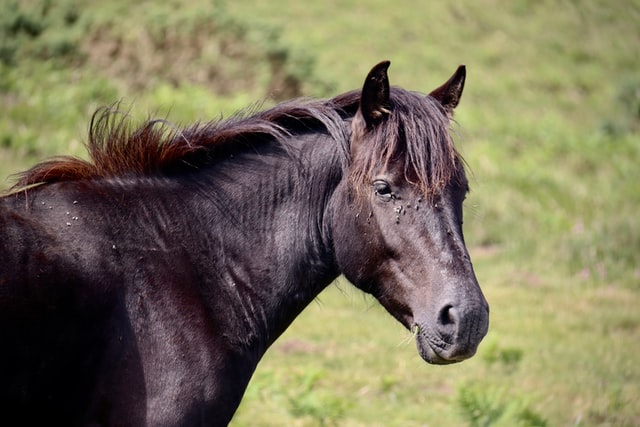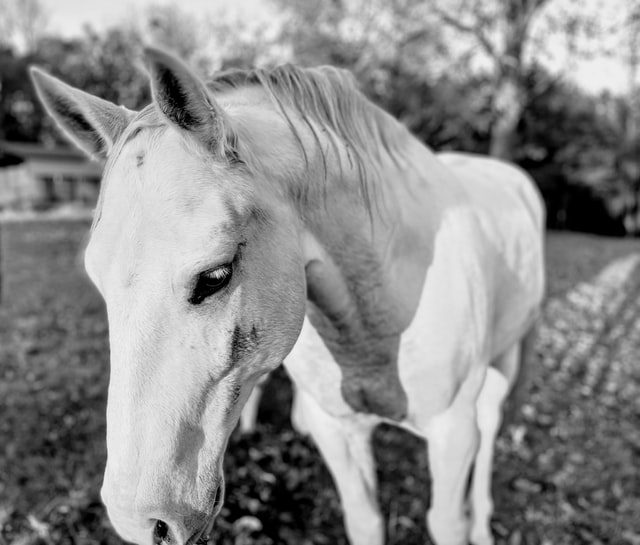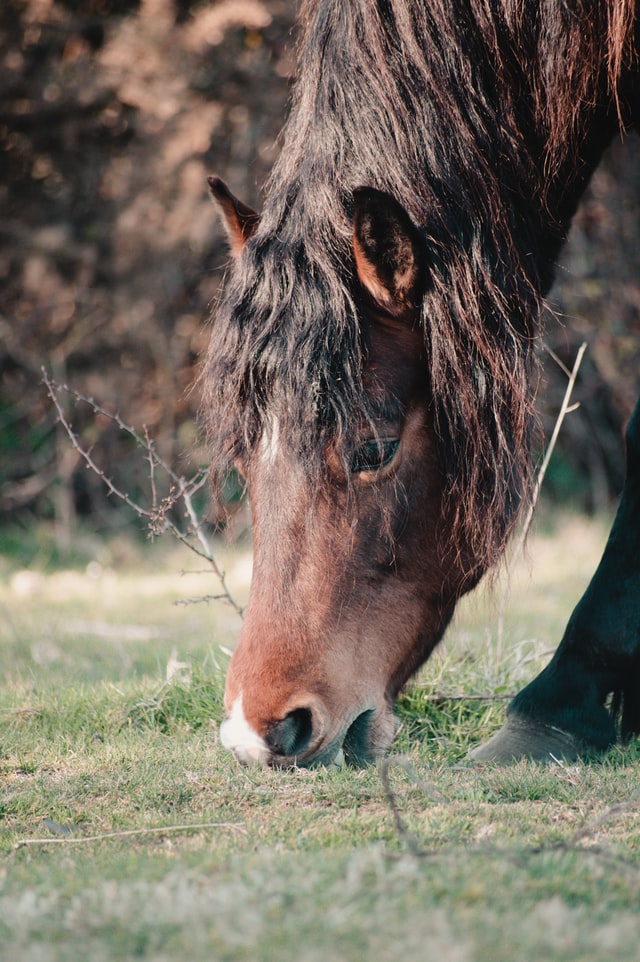EPM in Horses: Equine Protozoal Myeloencephalitis
EPM (Equine Protozoal Myeloencephalitis) is considered the most common cause of neurological issues in horses in the Americas.
The disease has been reported in most of the United States, southern Canada, Mexico, and several countries in Central and South America.
Although a prevalent threat, EPM is a master of disguise and can be extremely difficult to identify and diagnose due to the multitude of signs that a horse can present when infected and the immense similarities it shows to other medical issues.
While it is believed that more than 50 percent of all horses in the United States have been exposed to EPM, many horse owners are not well educated on the disease.
What is EPM (Equine Protozoal Myeloencephalitis)?
Equine Protozoal Myeloencephalitis. When broken down into its parts, the name quite literally gives you a summary on the disease.
Equine. Obviously this refers to horses, those who the disease infects.
Protozoal. The protozoa Sarcocystis neurona is what most commonly causes the infection.
Myeloencephalitis. Myelo- comes from the Greek word meaning “of the spinal cord.” Encephalitis is defined as an infection / inflammation of the substance of the brain.
So, literally translated, EPM is a protozoan caused infection in the spinal cord and / or brain of the horse.
Aside from Sarcocystis neurona, EPM is also known to be caused less commonly by the protozoan parasite Neospora hughesi. The two are very closely related organisms.
Sarcocystis neurona cannot be transmitted from horse to horse, infected horses are exposed to the protozoa through its definitive host, the opossum. Sporocysts are passed in the opossum’s feces and then horses come into contact with them while grazing or by eating or drinking contaminated sources.
In less than 1% of cases, ingested sporocysts migrate from the intestinal tract into the bloodstream and cross the blood/brain barrier. From here, it begins attacking the horse’s central nervous system.
The onset of EPM can happen slowly over time or come on suddenly. Undiagnosed and untreated, EPM can cause permanent neurological damage.
While clusters of cases aren’t unheard of, EPM generally occurs sporadically and usually only affects one horse on a property. Cases of EPM have been observed in all ages and no bias has been shown to either sex. In short, it is basically a random draw on who is infected.
Symptoms
EPM can present itself in a multitude of ways depending on the severity and location of the infection.
The most common signs of EPM in horses are depression, head tilt, and facial paralysis but, because the protozoa can infect any part of the central nervous system, really any neurological sign is possible.
Aside from these, the three “A”s of this disease can be referred to.
- Asymmetry
- Refers to symptoms being worse on one side than the other. Many horses are worse on their left side than their right, or vice versa.
- Ataxia
- This refers to the horse’s inability to know exactly where it’s legs are located. This leads to the horse being unable to move correctly.
- Atrophy
- This describes a condition where the muscles shrink from their normal size. This is the least common of the 3 A’s and is not seen in all EPM cases.
In some cases, clinical signs present themselves, disappear, and then relapse days to weeks later. Factors that influence the progression to severe neurologic disease is not well understood but, some things that appear to have an effect include:
- The number of organisms ingested
- How long the horse has had the parasite prior to treatment
- The points in the brain or spinal column where damage occurs
- Stressful events while infected
Diagnosis
There is currently no standard for EPM diagnostic testing other than necropsy. No test in a live horse is considered definitive at this time. This makes the accurate diagnosis of EPM challenging.
Due to these factors, EPM is diagnosed based on a combination of the following:
- A thorough neurological examination
- Evaluation of serum and/or cerebrospinal fluid for the presence of antibodies to the protozoans
- Elimination of the possibility of other neurological disorders
The most important thing to remember is that a positive blood test only means that your horse has been exposed to the parasite. This does not mean that they have or will develop the disease.
Prompt, accurate diagnosis is essential, while difficult, and treatment should begin as soon as possible.
Treatment
There are currently three FDA approved antiprotozoal drugs for EPM. They are:
- Ponazaril
- Diclazuril
- A combination of sulfadiazine and pyrimethamine
These are all prescription drugs and can be used only by or on the order of a licensed veterinarian.
Because immunodeficiency may be a risk factor in EPM, immunomodulators are sometimes given as supplemental therapy.
With these treatments, approximately 60% of horses improve, but <25% make a full recovery.
It is important to remember that while successful treatment may eliminate the presence of the parasite, its effects to the central nervous system can be permanent. Something else to keep in mind is that a horse that has responded well to treatment can become affected again at a later time, often showing similar signs.
Preventing EPM
All horses are susceptible to EPM, but not all horses infected with the protozoa will develop the disease.
Preventative measures include decreasing stress and reducing the risk of exposure to opossum feces. Some ways to do this are:
- Use feeders rather than feeding from the ground when able
- Keep water troughs clean
- Keep feed containers sealed
- Clean up any dropped grain to discourage scavengers
With the high exposure rate of EPM, it is important be on the watch for signs of your horse developing the disease. Quick diagnosis and immediate treatment can make all the difference in your horse making a full recovery from this disease.

Lauren is an internationally published author, trainer, and has helped hundreds of horse-rider combinations create lasting bonds and the success they desire. Check out Lauren’s incredible story: From horse-crazy girl to international equine educator. Or if you want to send Lauren a quick message, check out her contact page here.



